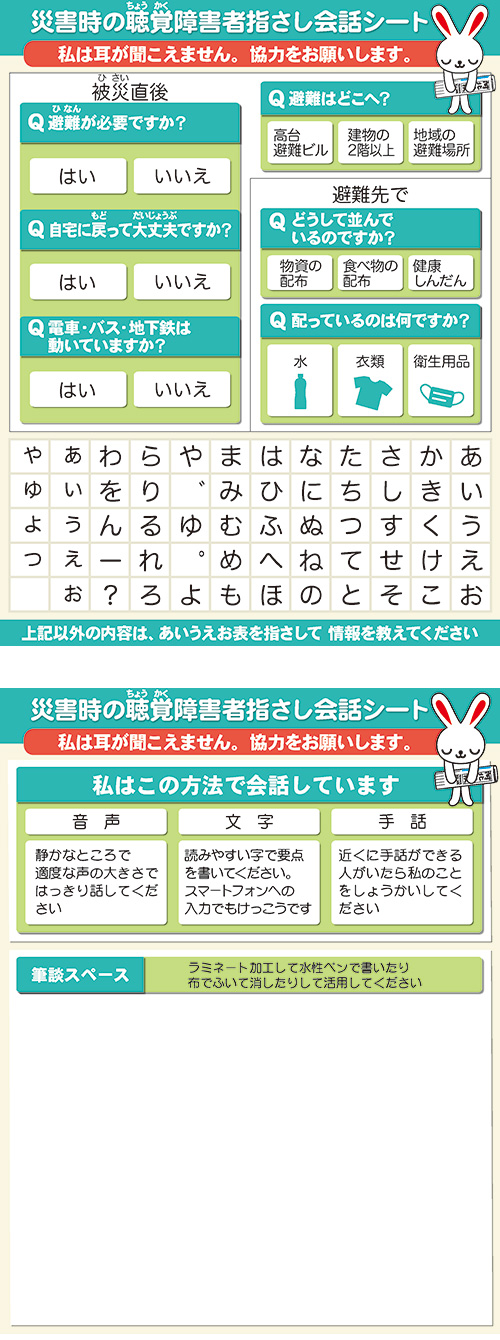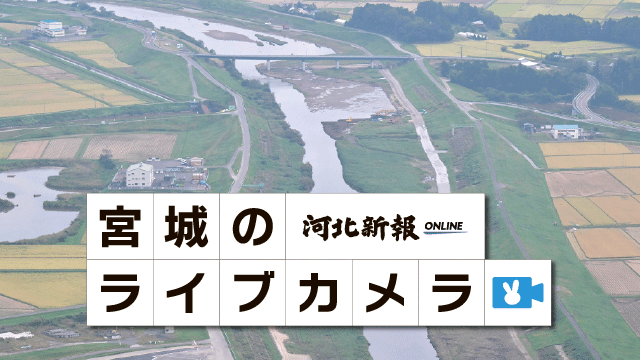Part 2: Car Evacuation Risks (3-End) Cars are a dangerous weapon : order is lost as peril spreads.



The tsunami was not the only danger for those escaping by foot and by bicycle faced on the fateful day of the Great East Japan Earthquake; the vehicles evacuating at the same time posed a similar threat. Accidents arose in the midst of heavy traffic congestion. Approximately thirty minutes after the earthquake, in Matsunami, Ishinomaki City , a sixty-two year old man was struck by a crane truck while crossing a municipal road intersection at around 3:15 p.m.
A cold rain was falling. Across from National Route 398, the two lanes of the road were completely filled and the traffic control signal was out due to a power outage. According to Miyagi Prefectural Police, the driver of the crane truck suddenly turned left in an effort to avoid the gathering traffic and struck the cyclist.
Nearby resident Ryoichi Endo (58) witnessed the accident while he was running to high ground. The bicycle had been pulled under the truck and was entangled with the vehicle’s undercarriage. The victim was motionless.
“I tried so many times to call an ambulance, but my cell phone just couldn’t get through.” Growing impatient, a person another with Endo ran to the scene of a nearby residential fire and called out to the responding fire brigade. “Hey, there’s somebody hurt out in front of the pachinko parlor!” The firefighters were able to successfully call an ambulance from the station via their wireless radio. Slipping through the dense traffic, the ambulance arrived at the intersection at approximately 3:42 p.m. The icy rain was changing into snow.
“It’s a tsunami!” The three emergency medical technicians heard the scream just as they were stepping out of their ambulance. From the rear, a tsunami over two stories in height was quickly approaching. Deciding that they had insufficient time to attend to the accident victim on the opposite side of the street, the EMTs rushed up to the top floor of the pachinko parlor’s parking garage, up to a height of approximately ten meters.
Floodwaters quickly submerged the vicinity, reaching between four and six meters in height. The ambulance, loaded with medical equipment, was swept away in the floodwater along with the other cars. As for the accident victim, a firefighter promptly dragged him into a nearby building and carried him up to the second floor. The rescue workers performed emergency first aid on the man the following morning, but he had already breathed his last.
North of the intersection where the fatal accident occurred, cars evacuating to high ground on National Route 398 sat immobile. Just before the tsunami, cars escaping from neighboring areas cut into congestion and collided with the vehicles in front of them, severing the flow of traffic.
Clunk. Crash, Thump. Kenta Saito (28), who was working at a nearby gas station, heard the sound of cars crashing into one another over and over again. However, not a single person got out of their cars; both those who hit the other cars and those who were struck sat anxiously in their vehicles. It was a bizarre sight to behold.
◎ Pushed to the limit: accidents hand in hand with anxiety, impatience, and distracted driving
As the tsunami washed clean both accident scenes and the cars involved, details concerning traffic accidents caused by evacuating vehicles remain unclear. According to Iwate, Miyagi, and Fukushima Prefectural Police, there are only two confirmed traffic accidents that occurred in the time between the quake’s outburst and the tsunami’s arrival on the day of the disaster. As for human casualties, one fatal accident reported in Ishinomaki City. Only one case of property damage was recorded, which occurred in Iwaki City when a car attempting to escape the tsunami made a U-Turn and struck another vehicle.
It cannot be denied that accidents normally expected to be reported were hidden in the confusion and chaos that arose during the tsunami evacuation. “Along with the power outage of that day, the emergency telephone lines remained unresponsive,” reported the Miyagi Prefectural Police’s Traffic Planning Division. “We expect that there were accidents we were unable to account for.”
It was the evening of December 7, 2012. From far away, the strong vibrations of the earthquake once again assaulted the area hit by the Tohoku disaster. In the coastal areas of the Miyagi Prefecture, the alarm sirens cried out with an official tsunami warning.
“Remember the events of the Great East Japan Earthquake. Please evacuate to the highest elevation you can find.” From the car radio, the NHK announcer repeated the announcement with urgency in his voice. Yoko Suzuki (58),homemaker from Kadonowaki ,Ishinomaki City, gripped her steering wheel fiercely. She was sucked into traffic in a prefectural road on the way home, in the center of city.
The coastline was a mere three kilometers away. “This place was flooded during the day of the 2011 earthquake, too…” she thought to herself. Painful memories of cars washed away and of friends who lost their lives rushed through Suzuki’s head. The traffic signals were functioning, unlike the day of the disaster, but the lanes of traffic remained mostly still. Minute by minute, the expected time of the tsunami’s arrival was quickly approaching. Making a split second decision, Suzuki quickly cut her wheel to the side and attempted to pull onto a byroad. Noticing the silhouette of a person, she slammed on her breaks. The distance between her car and the pedestrian was only a few dozen centimeters.
Suzuki was in her home on the fateful day of the Great East Japan Earthquake. She was slow to start evacuating, and had to rush up to the second floor of her house. After the wave crashed down, the first floor of the house was flooded with approximately one meter of water.
When Suzuki heard the alarm siren on the radio, memories of that day rushed back to her, and the anxiety was overwhelming. “I could only think of getting to a safe place,” she recalled, “I couldn’t concentrate on driving.”
According to Miyagi Prefectural Police, approximately two hours passed between the time the earthquake hit and the cancellation of the tsunami warning. A small number of accidents occurred among those evacuating the coastal areas of the Prefecture, and two casualties were recorded along with victims of minor injury.
When disaster strikes, people scramble to evacuate first in order to protect their own lives. Sadly, vehicles are capable of becoming dangerous weapons in such extreme situations, much more so than in times of peace.
Translated by Ben DeTora
February 2,2013(Sat.)
[Japanese] http://www.kahoku.co.jp/special/spe1114/20130202_01.html
 朝刊・夕刊
朝刊・夕刊 記事を探す
記事を探す FAQ
FAQ















